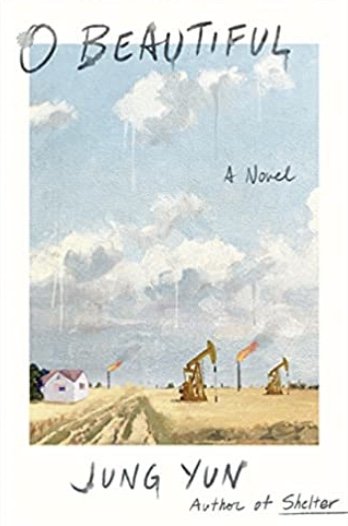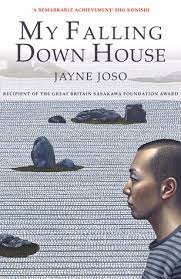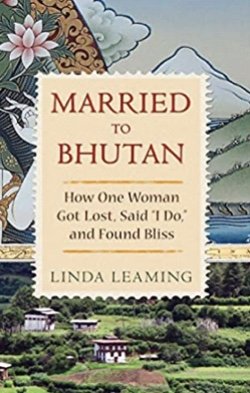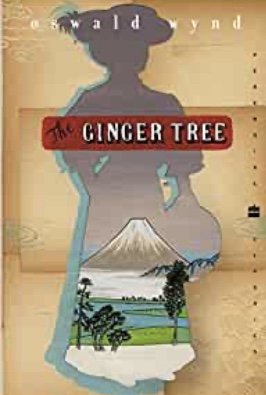The Search for the Pink-Headed Duck by Rory Nugent (Open Road)
Rory Nugent’s amusing account of his search for a rare bird started with a talk among five friends about lost treasures. They were talking about what is left to find in the world. One of his friends said, “India is the place”. He continued by saying, “One of us should go after the pink-headed duck. It hasn’t been sighted in years. Extremely rare…the most elusive bird in the world.”
The next day, Nugent did some research and discovered that the last sighting of the bird was some fifty years ago in India. The more research he did on the duck, the more interested he became in finding it. Most scientists believe the duck to be extinct but from time to time, sightings of the bird have been reported. Nugent comes to believe that the bird may just be hiding. Then, two months later, he sold his apartment and put the rest of his stuff in storage, took a taxi to JFK airport and flew to India.
The Search for the Pink-Headed Duck chronicles Nugent’s search for the rarest of birds as he begins his journey by looking for the Fowl Market in Calcutta. When people learn what it is he’s looking for, he is accosted by a number of people claiming to have the pink-headed duck although it is obvious even to the most casual of observers that the ducks presented to him have had their heads dyed pink. Not finding any luck in Calcutta, Nugent decides to go to New Delhi, the capital of India.
Nugent spends the first few days riding the buses to give himself an introduction to the city. He buys a city map and a relief map of India where he discovers two areas that are unmarked and unnamed. “One is a narrow section near the giant rhododendron forest of Northeastern Sikkim; the other, triangular in shape, lies in the upper Brahmaputra River Valley, near the conjunction of Burma, China, and India. Rory decided then and there where next to start his search.
As Sikkim is near the border of Tibet and Bhutan, permission has never been given to a foreigner to explore those areas. Nugent is also informed that it is only the federal government that can grant permits to those restricted areas. And so begins Nugent’s ordeal dealing with government red tape. One of the natives who befriends him suggests offering the officials some baksheesh, commonly known in English as a bribe. to the official but Nugent sticks to doing things the proper and legal way.
His persistence pays off as he does get approval to visit Sikkim and can continue his search for the pink-headed duck. In Sikkim he meets smugglers who help him step inside Tibet even though his permit doesn’t allow him to visit that particular area. He checks into a hotel of questionable repute. He hangs out with the Gurkhas who want to claim land for themselves and establish Gurkhaland, but the pink-headed duck is nowhere to be found in the area.
As the search was fruitless in Sikkim, Nugent decided to check out the other unexplored area on the map he bought in New Delhi. Once again, he subjects himself to government red tape in order to get permission to sail down the Brahmaputra River. As with getting permission to visit Sikkim, Nugent refrains from bribing any officials and his persistence and perseverance pays off.
Nugent meets a man at a bookstore on his return to New Delhi and cannot believe his good fortune as the man had once attempted to paddle down the Bramhaputra himself. The two join forces and travel down the river from Saikhoa Ghat located in the east of the State of Assam, and paddle all the way down to Dhaka, the capital of Bangladesh.
At the time of Nugent’s journey, there was unrest in Bangladesh. Rioting had occurred in the capital city of Dhaka. Martial law was declared and the borders were closed. The two rivergoers decided to end their journey in Dhubri, the last town in India on the Brahmaputra.
Did Nugent ever find the pink-head duck? Is it really extinct? Or is it just good at not being found? Whatever the results, Nugent’s narrative in the Himalayas and down the Brahmaputra River will keep readers glued to his exploits and may find themselves rooting for his success. His story is not only exciting, it’s also inspiring as we follow one man’s dream to rediscover a lost avian. In the process, you may find yourself wanting to pursue your own impossible dreams! ~Ernie Hoyt



















